I have a pandas data frame sample dataframe
df = a1 a2 a3 a4 a5
0 1 1 1 0 #dict[a3_a4] = 1 ,dict[a2_a4] = 1 ,dict[a2_a3] = 1
1 1 1 0 0 #dict[a1_a2] = 1 , dict[a1_a3] = 1, dict[a2_a3] = 1
I need function gets data frame as input and return the number of appearing of 2 columns together and store it in the dictionary so my output will be like
output dict will look like this : {'a1_a2':1,'a2_a3':2, 'a3_a4':1,'a1_a3':1,'a2_a4':1}
PS: I am new to stack overflow so forgive me for my mistakes.
